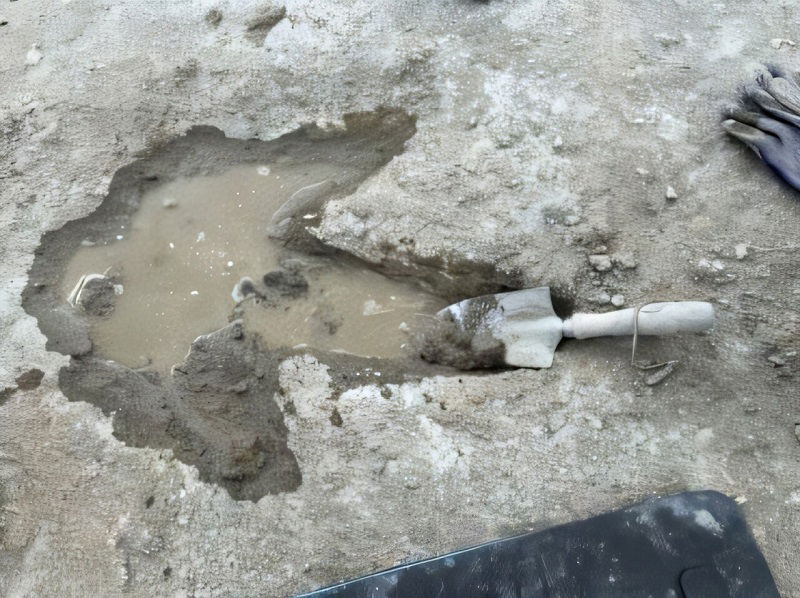U.S. SPACE FORCE FOCUSES ON PREPARING FOR ORBITAL WARFARE
The U.S. Space Force has recently emphasized the need for “integrated space fires,” a term referring to offensive and defensive actions in space, including cyberattacks, directed energy weapons, and anti-satellite weapons. This marks a shift from previous reluctance to discuss space warfare, largely due to the growing capabilities of China and Russia in disabling or destroying U.S. satellites. Gen. Chance Saltzman and other leaders argue that space has become a crucial war-fighting domain, with satellites playing an essential role in intelligence, navigation, and missile defense. The U.S. is exploring space weapons such as cyber tools, lasers to disable satellites, and anti-satellite missiles, though these come with risks like space debris. As China develops its own space-based military capabilities, the U.S. is focusing on defending its assets and challenging adversaries’ space dominance. Despite the secrecy around specific weapons systems, the Space Force is preparing for orbital warfare as part of its broader goal to maintain “space superiority. (Ars Technica)
U.S. VETERANS SEEK PSYCHEDELIC THERAPY IN MEXICO FOR PTSD
A group of U.S. Special Operations veterans traveled to Mexico to undergo psychedelic therapy in hopes of relieving their post-traumatic stress disorder (PTSD) and traumatic brain injury symptoms. The treatment involved taking ibogaine, a psychedelic from the iboga tree, followed by smoking the venom of a Sonoran desert toad, 5-MeO-DMT. Veterans, frustrated by the ineffectiveness of traditional therapies, sought this alternative to heal from the mental scars of combat. Psychedelic clinics in Mexico, once focused on addiction treatment, now cater to veterans, with research indicating significant improvements in mental health, including a 90% reduction in PTSD symptoms. Despite the illegal status of these substances in the U.S., many active-duty service members also partake. While ibogaine and toad venom are illegal, veterans report lasting benefits such as improved sleep, mood, and cognitive function, with some even finding relief from long-standing addictions. These treatments have gained attention but remain inaccessible to most due to legal restrictions. (New York Times)
LOUISIANA REPORTS FIRST HUMAN CASE OF H5N1 AVIAN FLU
The Louisiana Department of Health has reported the state’s first presumptive human case of H5N1 avian flu in a patient from southwestern Louisiana, who was exposed to sick and dead birds and is currently hospitalized. Meanwhile, California has reported another probable H5N1 case in a dairy farm worker, bringing the state’s total to 34, mostly among those with occupational exposure. A child’s suspected avian flu case in California, related to drinking raw milk, was initially positive for influenza A but confirmed negative in subsequent tests, and will not be added to the national list of confirmed H5N1 cases. The USDA’s Animal and Plant Health Inspection Service (APHIS) confirmed 13 new H5N1 outbreaks in California cattle, as well as outbreaks in birds in several states and additional mammal detections, including a polar bear, mountain lion, domestic cat, coyote, and mouse. The total number of outbreaks across 16 states has now reached 845. (CIDRAP)
SKIN DISCOVERY COULD LEAD TO NEEDLE-FREE VACCINES
Recent studies published in *Nature* reveal that the skin, previously thought to be a passive barrier, can produce its own antibodies to fight infections. This discovery, involving immune responses triggered by the bacterium *Staphylococcus epidermidis* (commonly found on human skin), could lead to the development of needle-free vaccines. The skin’s immune system was shown to generate long-lasting antibody responses to this harmless bacterium, even without prior microbial exposure. In mice, researchers found that the skin could activate B cells and produce antibodies that persisted for months, and even when lymph nodes were disabled. Building on this, scientists engineered *S. epidermidis* to display foreign proteins, such as part of the tetanus toxin, which induced immune responses that protected the mice. This innovative approach suggests the potential for skin-applied vaccines that are cost-effective, easy to distribute, and do not require healthcare workers for administration. However, further research is needed to confirm the effectiveness in humans. (Nature)

CLIMATE TIPPING POINTS DEBATE HIGHLIGHTS COMMUNICATION CHALLENGE
Climate tipping points, where Earth’s systems transition to new, often irreversible states, are a growing concern. These include the thawing of Arctic soil releasing carbon and methane, and the disruption of ocean currents by melting ice, which could cause extreme weather worldwide. However, a recent paper argues that the term “tipping points” is scientifically imprecise and may backfire. Researchers like Bob Kopp suggest that fear-driven language doesn’t effectively inspire action and may cause public disengagement. While the concept has raised awareness in the past, current climate effects are undeniable, making the tipping point framework less effective in prompting policy change. Despite debates, experts like Tim Lenton defend the validity of tipping points, noting their potential to clarify climate risks. The scientific community must navigate the challenge of communicating these dangers, especially as the 1.5°C temperature target becomes harder to achieve, without undermining trust in climate science. (Grist)
NASA UPDATES MOON TO MARS PLAN WITH FISSION POWER
NASA has released updates to its Moon to Mars architecture, marking progress in the agency’s long-term plan for lunar exploration and crewed missions to Mars. The 2024 updates include a revised Architecture Definition Document, detailing technical approaches for exploration, an executive overview, and 12 new white papers on key topics. A notable decision outlined in the updates is the use of fission power, a form of nuclear energy, as the primary power source for sustaining crews on Mars. This method is immune to Mars’ day-night cycles and dust storms. New elements added to the plan include a lunar surface cargo lander and an initial lunar habitat, both essential for logistics, science payloads, and crewed lunar exploration. NASA’s decision-making process, involving early architecture choices, will guide technology development and collaboration with industry, academia, and international partners. These updates are part of NASA’s Artemis campaign, which aims to lay the groundwork for future Mars expeditions. (NASA)
MYSTERIOUS DARK SPOT DISCOVERED ON SATURN’S MOON ENCELADUS
Saturn’s moon Enceladus, known for its potential to host life due to its subsurface ocean and icy plumes, has revealed a mysterious, disappearing dark spot on its surface. Discovered through image analysis of data from NASA’s Voyager and Cassini missions, the dark spot, about one kilometer across, first appeared in 2009 but faded by 2012. The spot’s unusual nature, especially on Enceladus’s bright surface, puzzled scientists, who ruled out shadows or topographical causes. Researchers speculated it could be the result of an impact, with dark material from an impactor or exposed bedrock contributing to the spot’s color. A more exciting theory suggests the spot might be linked to Enceladus’s internal composition, though this is unlikely. The team believes the spot’s gradual disappearance could be due to deposits from Enceladus’s plumes, which cover the surface with ice. However, this process, as currently understood, should take much longer, leaving the origin of the spot and its fading an ongoing mystery. (space.com)
NASA’S JUNO SPACECRAFT REVEALS NEW INSIGHTS INTO IO’S VOLCANIC ACTIVITY
NASA’s Juno spacecraft has provided new insights into Io, Jupiter’s volcanic moon, which is the most volcanically active body in the solar system. Flybys of the moon in December 2023 and February 2024 brought Juno within 930 miles of Io’s surface, revealing stunning details about its persistent volcanic activity. Io’s surface is covered in 400 volcanoes, constantly erupting and releasing lava. Juno’s findings suggest that each volcano has its own localized magma chamber, rather than being fed by a global ocean of magma, as previously believed. This discovery challenges the long-standing theory of a global magma ocean beneath Io and has broader implications for our understanding of moons with subsurface oceans, such as Europa, and even exoplanets. The gravitational data collected during the flybys confirmed a rigid, mostly solid interior beneath Io, solving a 45-year mystery. Juno’s continued observations are helping scientists re-evaluate planetary formation and evolution, offering a closer look at the dynamic processes shaping this fascinating moon. (CNN)
Thanks for reading. Let’s be careful out there.
WORDS: The Biology Guy.
Researchers are shining a light on cancer cells’ energy centers – literally …
Intermittent fasting has proven benefits for metabolic health, but a new study …









Leave a Comment